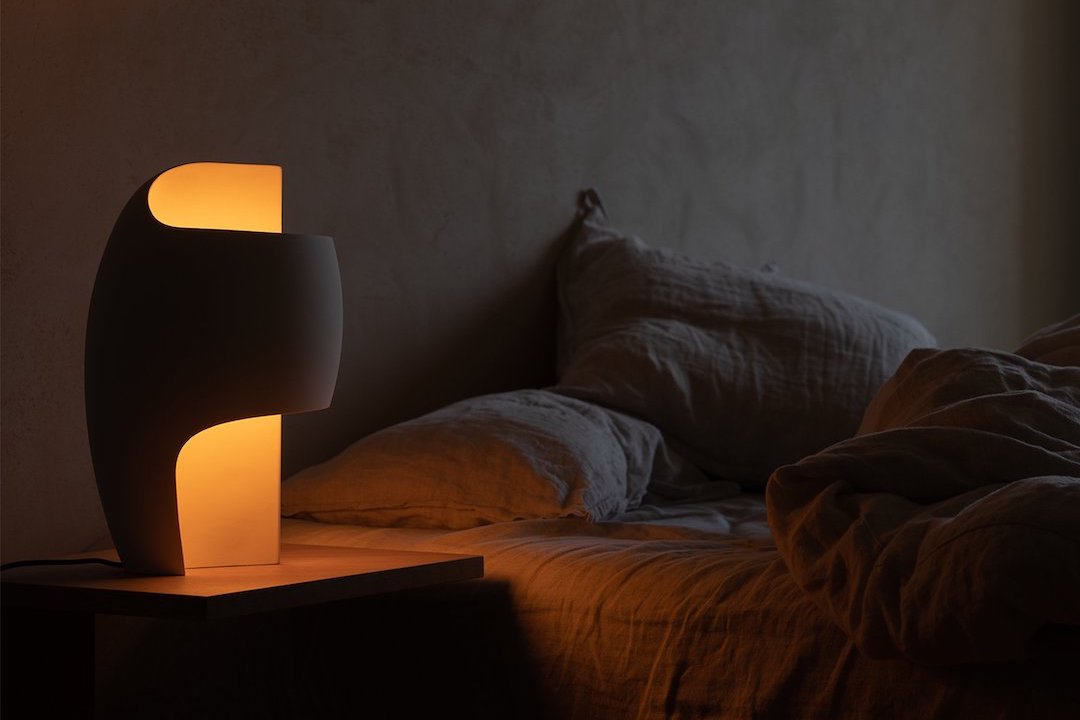Heritage lighting plays an important role in preserving our cultural heritage. The right lighting can enhance the beauty of historic buildings, monuments, and artifacts while also bringing attention to their significance. It can also help protect them from damage caused by inadequate lighting or exposure to harmful UV radiation. In this article, we will explore the different aspects of heritage lighting and their importance in preserving our past.
The Importance of Heritage Lighting
Heritage lighting is more than just illuminating a building or an artifact. It is about creating an atmosphere that pays tribute to the rich history and cultural significance of a place. Our past is a part of our identity and it should be preserved for future generations. By using the right lighting techniques, heritage preservationists can bring out the best in a cultural site and make it accessible to the public.
Unlike Traditional Lighting Systems
Heritage lighting is different from traditional lighting systems in several ways. For instance, traditional lighting systems are designed to provide general illumination, while heritage lighting is more focused, highlighting specific features of a building or artifact. Heritage lighting also requires careful consideration of color temperature, brightness, and angle of incidence to achieve the desired lighting effect.
Color Temperature and Emission Spectra
Color temperature is one of the most critical aspects of heritage lighting. It refers to the color appearance of the light, which can range from warm (yellow/orange) to cool (blue/violet). The color temperature of the light can affect how the building or artifact appears and how it is perceived by people. For example, warm light can create a cozy and inviting atmosphere, while cool light can create a calming and serene effect.
Another important factor to consider is the emission spectra of the lighting source. Traditional lighting sources, such as incandescent bulbs, emit a broad spectrum of light that can include harmful UV radiation. Heritage lighting designers typically prefer LED technology because it can provide a narrow emission spectrum that minimizes damage to the building or artifact.
Challenges of Heritage Lighting
Despite its importance, heritage lighting can be challenging because of the need to balance preservation with accessibility, aesthetics, and energy efficiency. Maintaining the visual appeal of the cultural site is essential, but at the same time, the lighting cannot compromise the integrity of the building or artifact.
Limited Energy Resources
In addition to the preservation challenges, heritage lighting designers must also consider the limitations imposed by energy resources. Traditional lighting systems can consume a lot of energy and are not always suitable for heritage sites that require low energy consumption. LED technology has helped to address this issue by providing energy-efficient solutions that are also optimal for preserving heritage sites.




